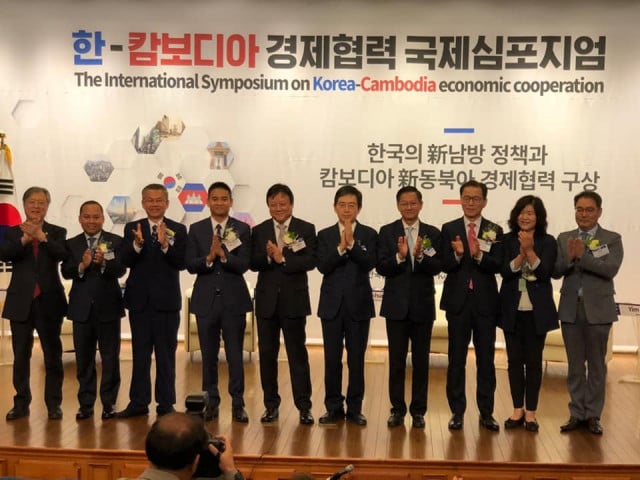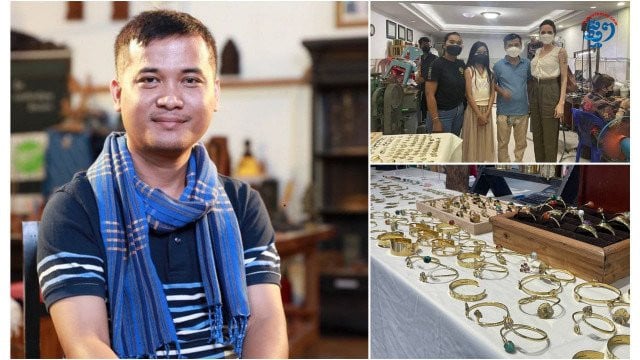Hariharalaya: Cambodia’s Early Capital City of Angkor

- By Ky Soklim
- March 2, 2024 11:10 AM
SIEM REAP - One of Cambodia’s early capitals during the Angkorian era that would last from the 9th through the 15th century, Hariharalaya still stands with its temples that are more than 1,000 years old.
Situated around 15 kilometres southeast of today’s downtown Siem Reap city along National Road 6, the site of Hariharalaya includes the Preah Ko, Bakong and Lolei temples that are among the most visited in the area, as well as sites of archaeological research. Its close proximity to the Tonle Sap lake and the Roluos tributary from Mount Kulen made Hariharalaya an ideal location for a city.
Ethnologist Ang Choulean, professor at the Royal University of Fine Arts in Phnom Penh, agreed to meet with journalist Ky Soklim of ThmeyThmey News and Cambodianess to speak of the history of Hariharalaya.
Sitting under a wooden house on stilts with a soft breeze blowing from the countryside and the occasional crow of roosters being heard, the ethnologist leaned back in his wooden chair, and started to go back time and explain the history of this ancient city.
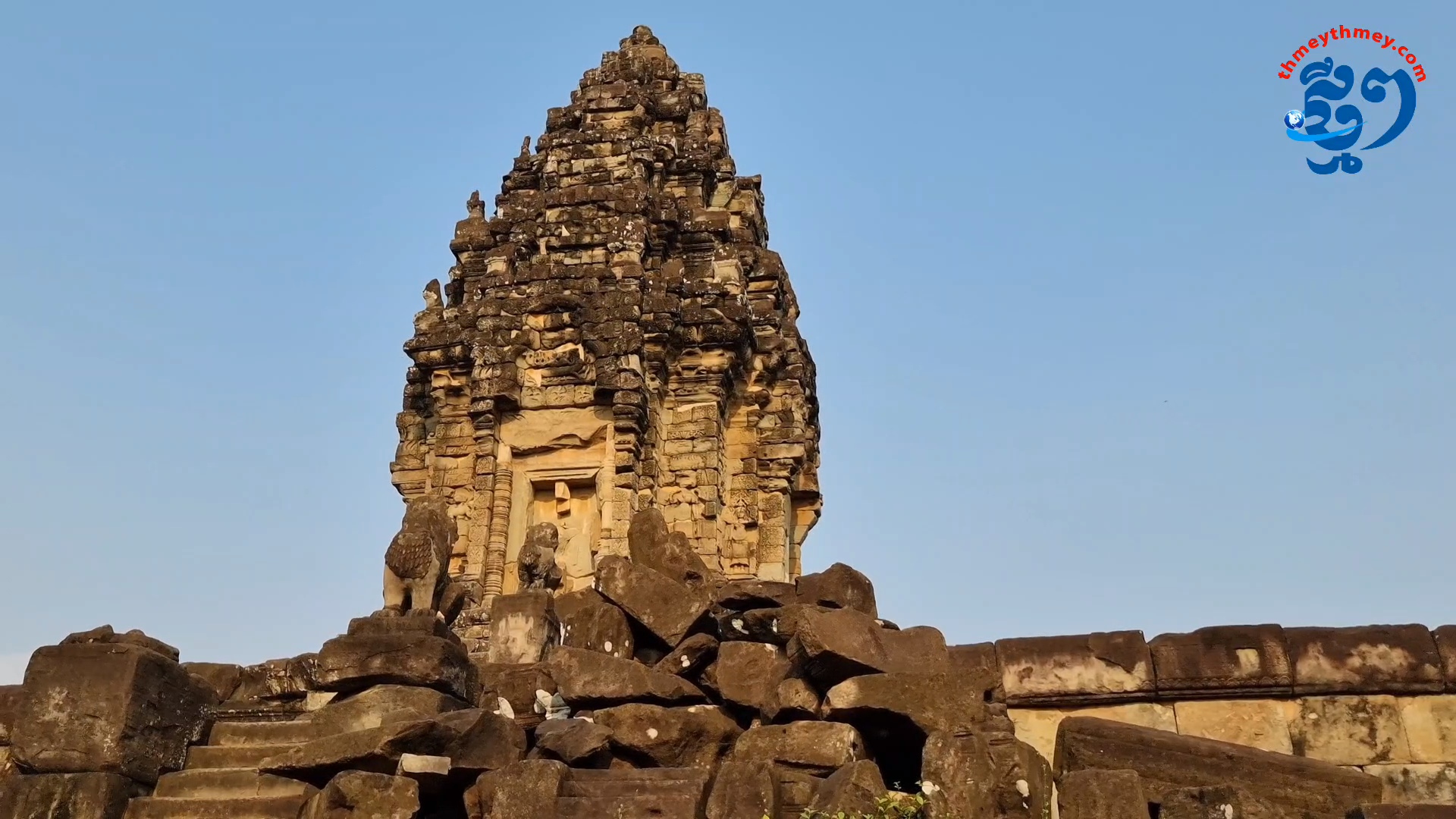
Caption: The main tower of the Bakong temple. Photo: Ky Chamna
Ky Soklim: The Angkorian period has a very long time span and there existed many cities throughout the period. Here, Prasat Bakong district, was also a city of the Angkorian era. Can you tell us about this city?
Ang Choulean: The pre-Angkorian period refers to before the 9th century. This region was a capital city for the entire 9th century prior to the relocation to Yasodharpura, the area that is today around the Angkor Wat temple. Three kings ruled here at Hariharalaya. It was not until the fourth monarch that the decision to move the city to Yasodharapura was made.
The name Hariharalaya means the world of God Harihara, a Hindu representation that is a mix of the deities Vishnu and Shiva. During that time, people were worshipping this deity.
Prior to the Angkorian period, there were massive population centres throughout the land, and power was decentralised. King Jayavarman II, considered the founder of the Angkorian era, finally centralised power here at Hariharalaya, which is today the district of Prasat Bakong. King Jayavarman II and Indravarman I also reigned here, creating magnificent temples such as the temples of Bakong, Lolei, Preah Ko and many more within the immediate vicinity.
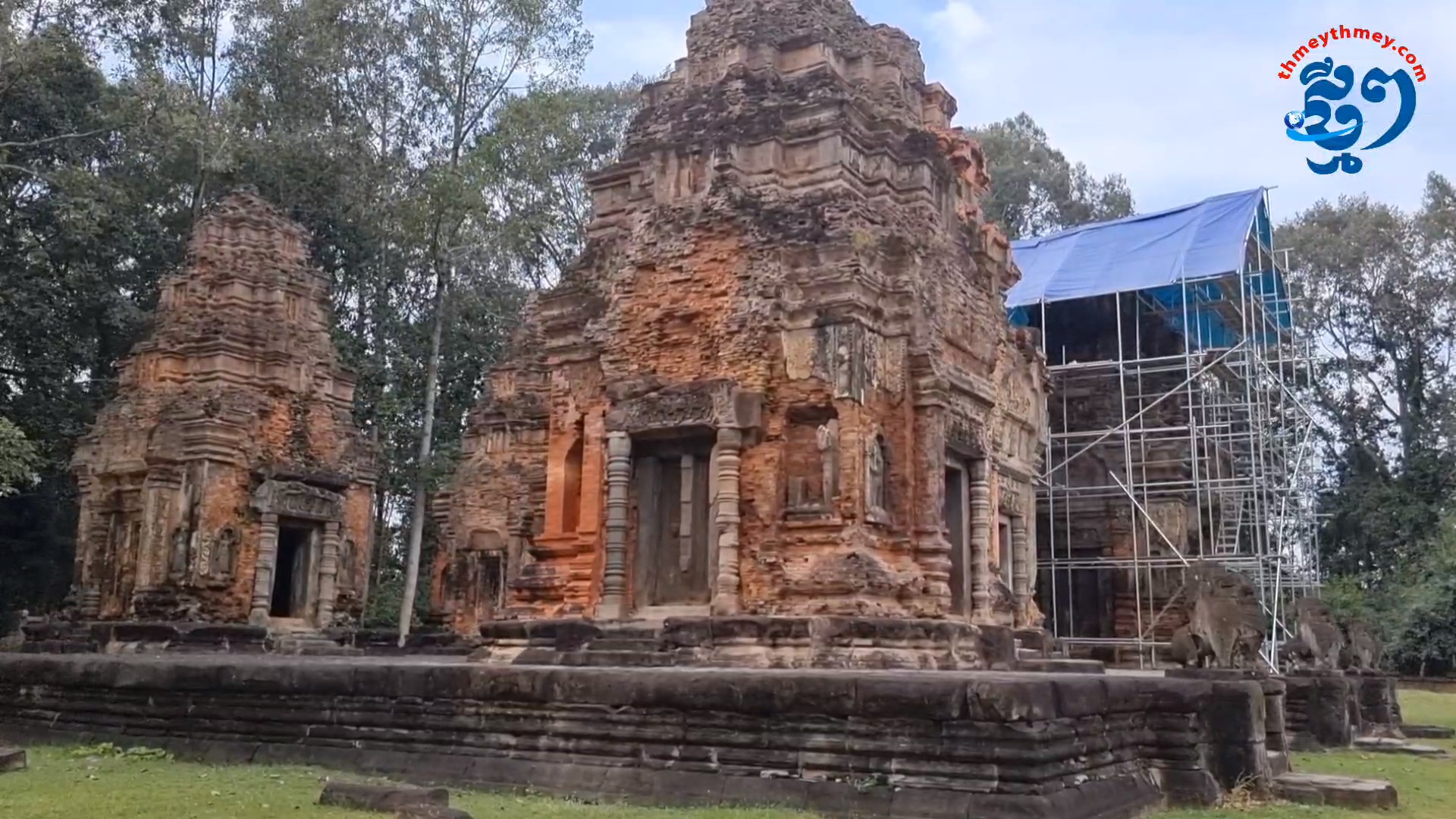
Caption: The towers of Preah Ko temple. Photo: Ky Chamna
Ky Soklim: How about Mount Kulen? Was it also a city before Hariharalaya?
Ang Choulean: If you raised this topic, we can go back a bit so that we can understand the bigger picture. The Khmer people are people who prefer to live in lowlands, not on mountainous terrain. Mount Kulen, although many artefacts and temples can be found there, is not really considered a capital city. King Jayavarman II used that location to gather and enforce his political power. Moreover, Mount Kulen was more of a religious sanctum. Simply put, it is a part of the capital city here in Hariharalaya. Since the Khmer people are lowland people, we prefer flat terrain for rice production since it is easier to hold water for irrigation. Actually, there were already people living here at Hariharalaya before the king turned it into a capital city.
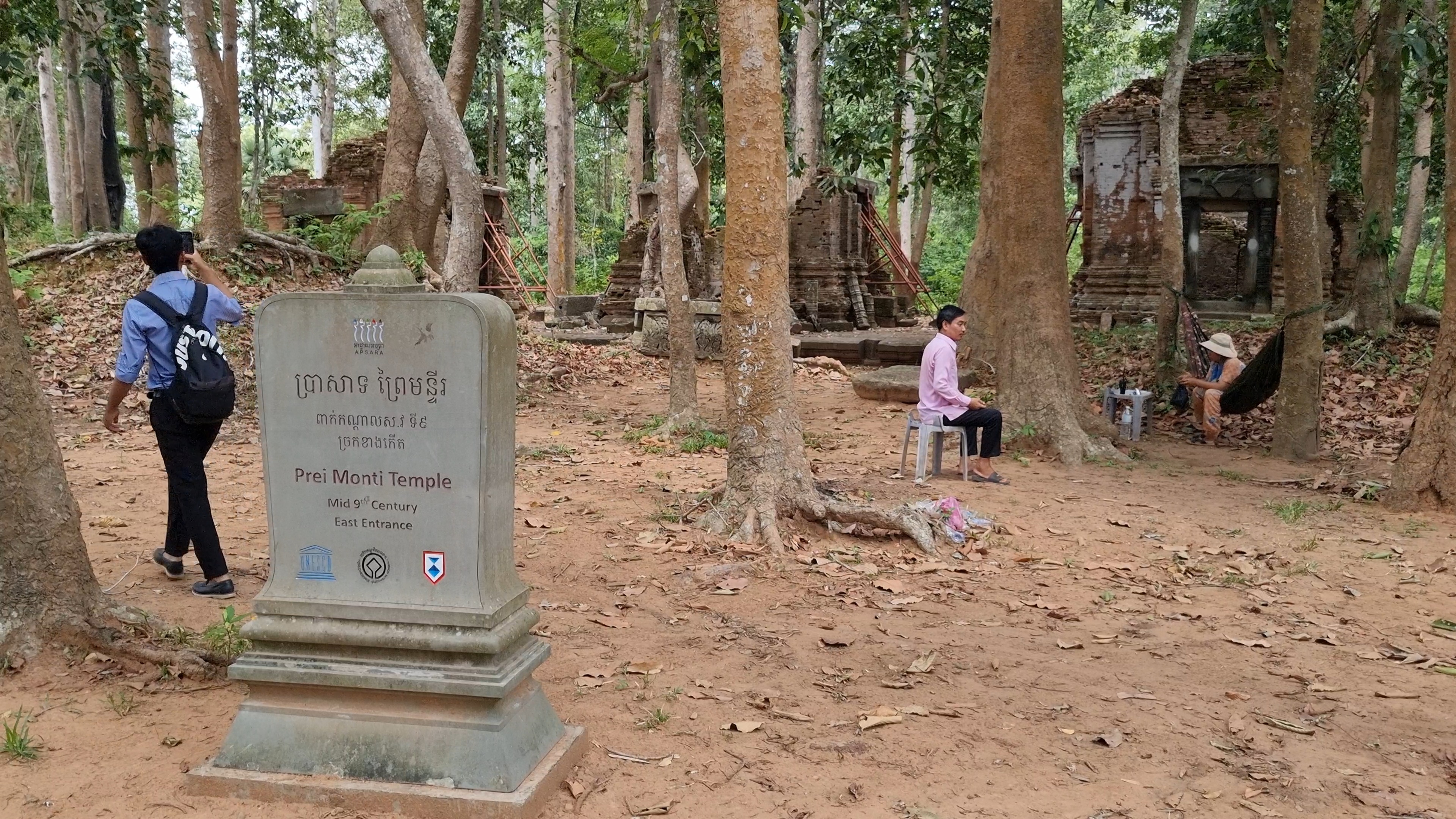
Caption: The ruin of Prei Monti temple. Photo: Ky Chamna
Ky Soklim: So, what may have prompted the king’s decision to move the city?
Ang Choulean: Before we jump into this, let’s take a brief look at the ancient irrigation system. Back in those times, we had sophisticated and large irrigation systems. If you travel to Siem Reap city, a portion of National Road 6 in Prasat Bakong district is actually one edge of an ancient dried-out reservoir called Indratataka. Between Mount Kulen and the Tonle Sap lake, the many freshwater tributaries gave birth to the Angkor civilization. The reservoirs were used to store water for irrigation during the dry season. Based on this, my assumption is…that, during those times, the city ran out of land to expand its agriculture. So, they may have needed to expand the city elsewhere. In addition, there are also mountains in Yasodharapura on top of which kings could build temples including the temple of Phnom Bakheng, Phnom Bok, Phnom Dei or even Phnom Krom. Mountains, in the ancient Khmer context, are where the gods live. In the distant past, the word “Phnom” meant both mountain and temple.
Conducted in Khmer for ThmeyThmey News, the interview was translated by Luy Sireyreaksa for Cambodianess.
To watch the original interview in Khmer, please click here.






